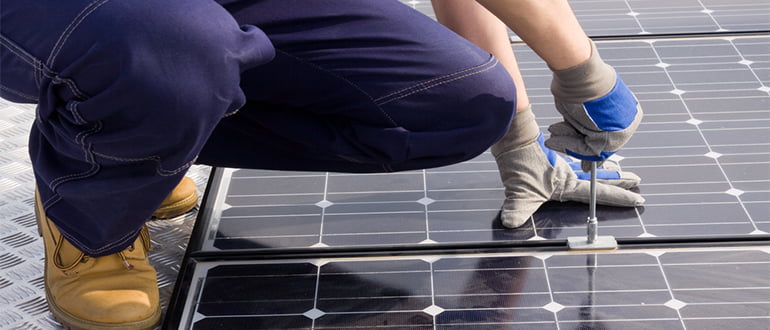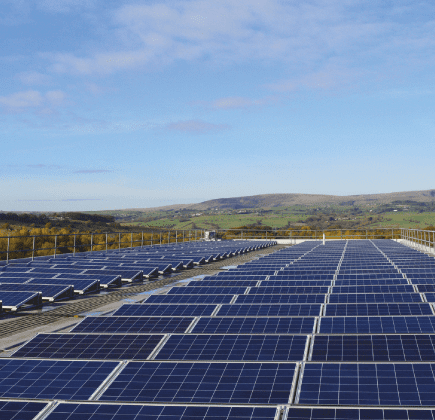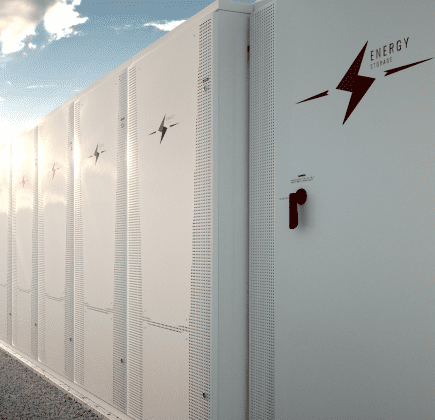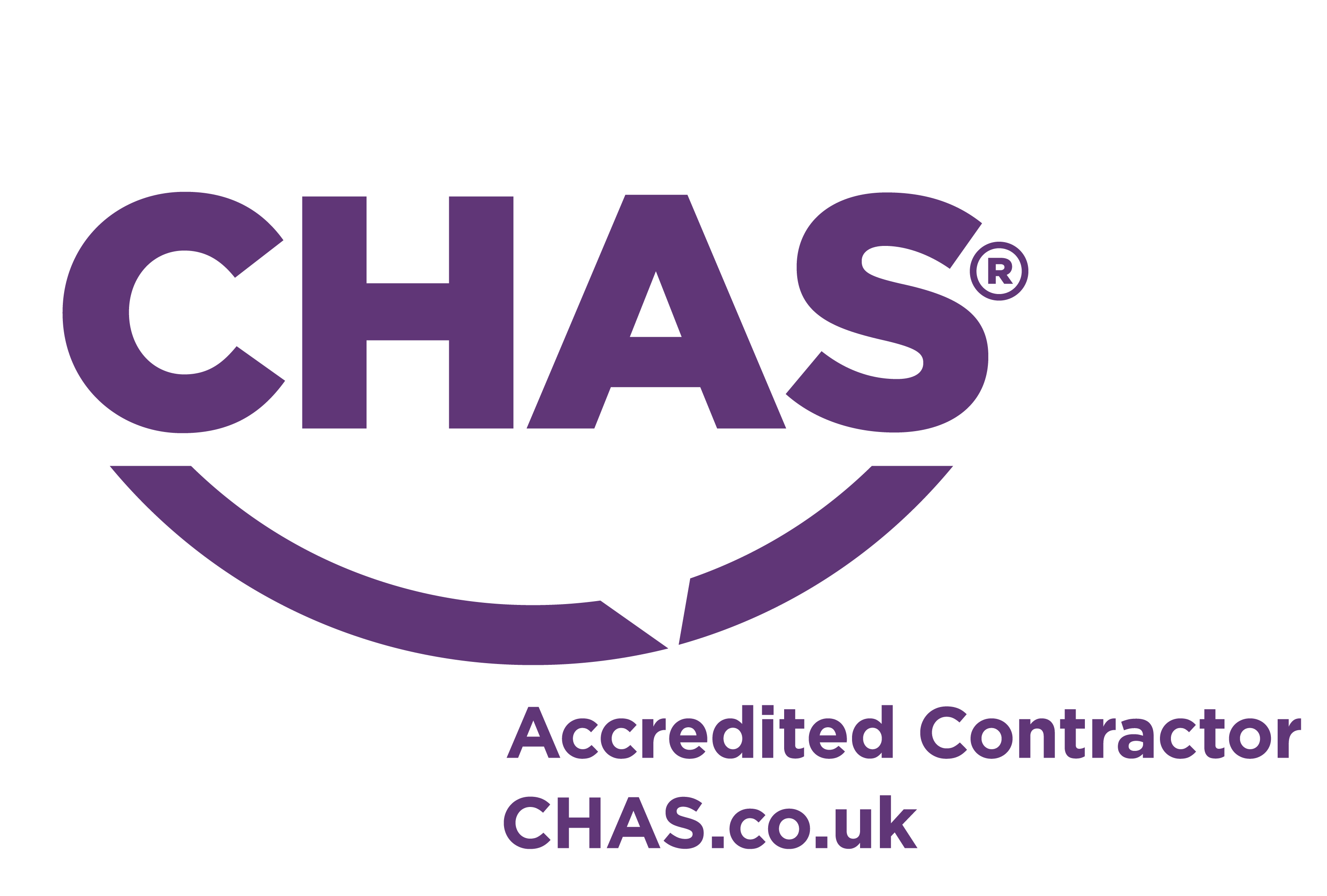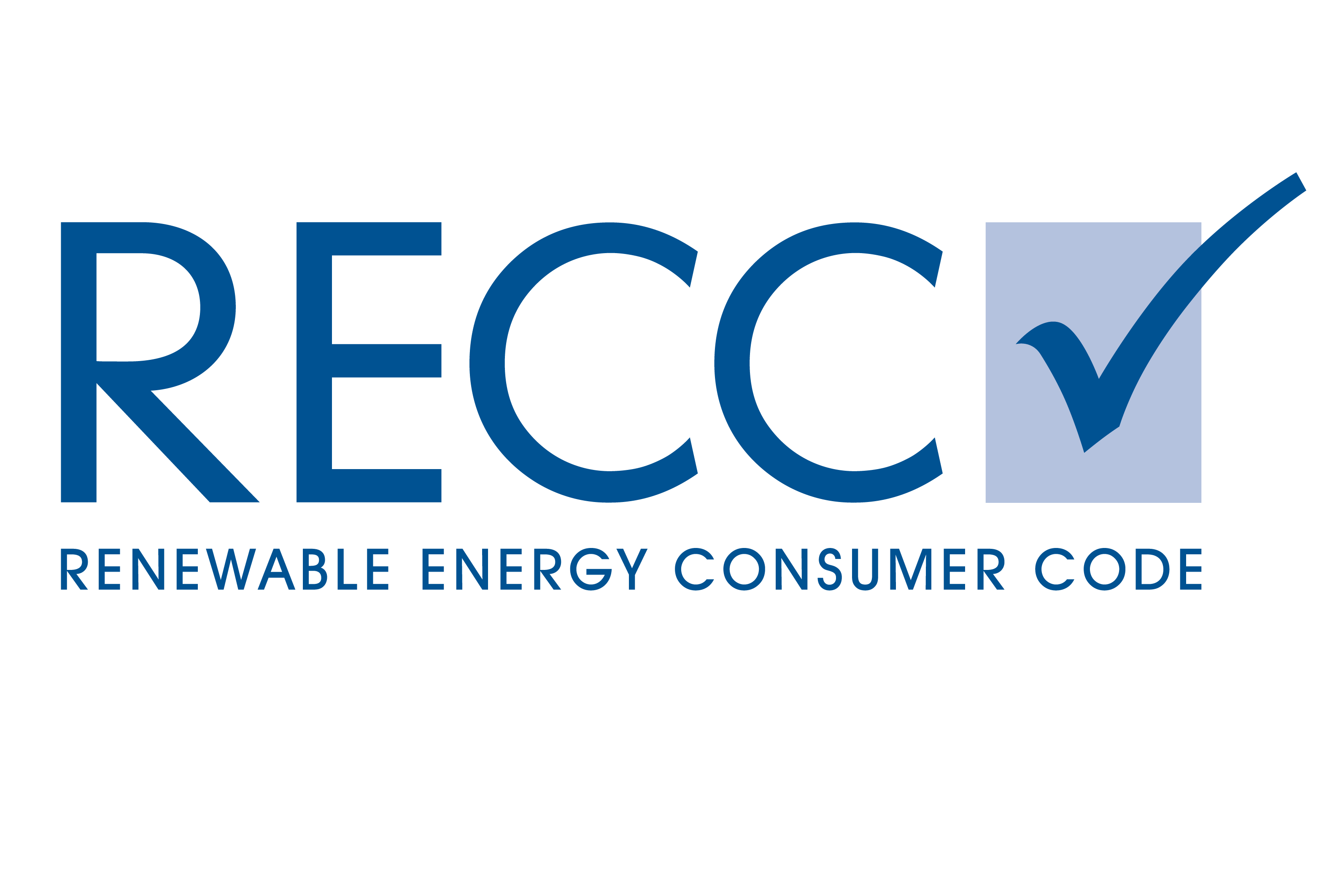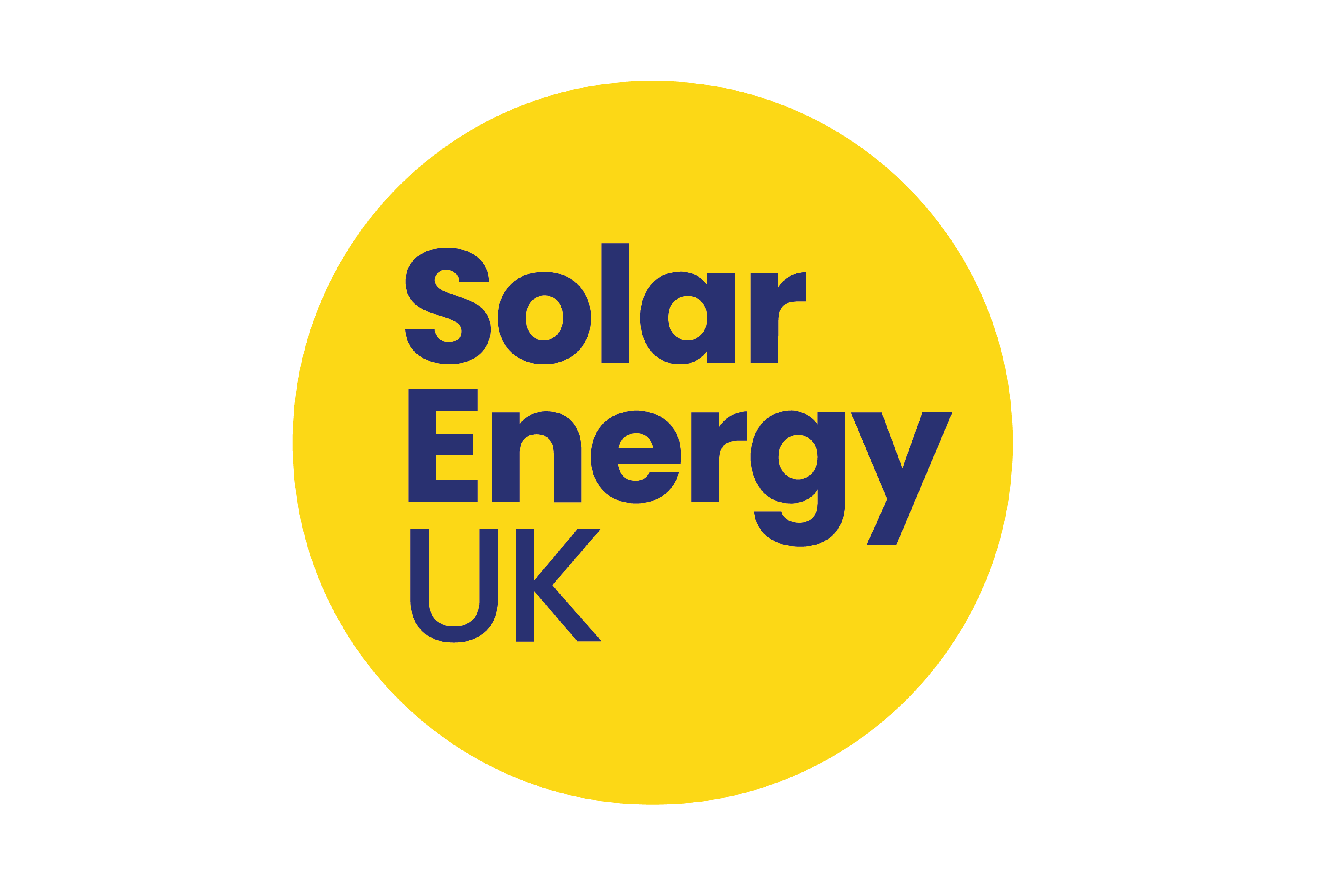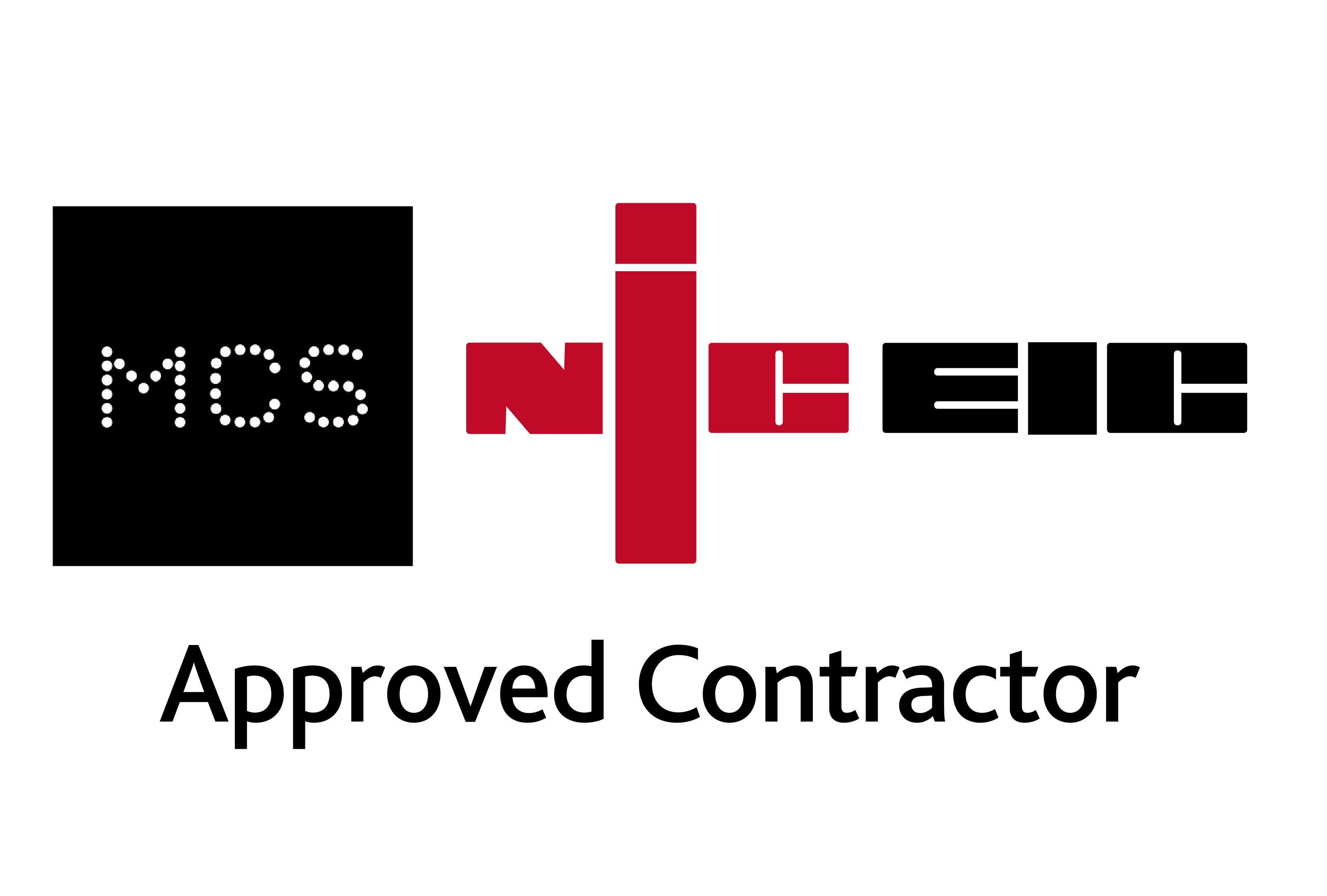
What’s involved in a solar panel installation?
We’ve been installing solar panel systems for over 25 years now and counting here at Low Carbon Energy, working across a wide variety of sectors and industries. Our specialists have installed commercial solar panels, as well as those for retail and educational sectors – just to name a few! The process of solar panel installation is a frequent subject of questions from our customers, so to pre-emptively answer a few of yours, we’ve detailed the process in full below.
What are the various components for solar panel installation?
Before we go into the full details of the solar panel installation process, it makes sense for us to start with all the various parts involved. As you’ll know already, there are essentially no moving parts in a solar panel system – part of the reason they’re quite so cost-effective is because they require very little maintenance! In many ways, the inverter comprises the most complex part of the system, aside from the solar panels themselves.
Solar panels
The number of solar panels required will vary depending on the planned size of your system, but all of them will be made up of individual photovoltaic solar cells, designed to convert sunlight into electricity. These cells are covered in an antireflective glass sheet, and set into an aluminium frame. The end result is an efficient, effective solar panels, and a major means of renewable power for businesses all over the UK. Depending on how large they are (and which manufacturer produced them), solar panels can vary in weight too, often between 15kg and 30kg.
Inverter
The inverter does what it says on the tin – in a nutshell, it converts Direct Current (DC) into Alternating Current (AC). The vast majority of electrical appliances run on AC, indisputably making the converter one of the most important parts of the system after the panels themselves. For larger installations above 7000 kWh, sometimes more than one inverter is used, as it can otherwise place an undue amount of strain on a single inverter.
Mounting system
A frequent misconception about solar panel installation is that they’re mounted directly onto the roof. Actually, they’re held in place by a simple but effective mounting system, consisting of roof anchors and a mounting frame. These roof anchors (sometimes referred to as roof hooks) are essentially stainless steel hooks that screw into the rafters of your roof.
There are several different types of roof anchors, and the type of roof tile will affect which ones are used. Slates, rosemary and concrete roofs will all require different kinds of anchors. The mounting frame, meanwhile, is made up of two parallel aluminium bars, sometimes referred to as rails. The these rails are attached to the roof anchors attached to your rafters, which all forms the basis of the mounting system.
Clamps
Finally, once the anchors are installed and the mounting system ready, the panels are mounted and secured by clamps. It’s worth noting that clamps and roof anchors are similar but separate. Anchors hold the mounting frame to the roof, whereas the clamps hold the solar panels to the mounting frame. There are two types of clamps – end clamps and mid clamps. The names are fairly self explanatory. Mid clamps sit between each pair of panels, whereas end clamps secure the final panel to the edge of the mounting frame. At least four clamps are used to secure each of the solar panels.
How are solar panels installed?
Different installers sometimes have their own individual way of doing things, but all will follow the same basic process. That includes our specialists here at Low Carbon Energy.
Initial roof inspection and survey
Before we do anything in relation to fitting your solar panels, safety absolutely comes first. Therefore, the first thing we’ll do is carry out a detailed inspection of your premises, ensuring that your roof’s pitch, orientation, aspect and strength are all within safe parameters. We’ll also take into account how much shade or direct sunlight the roof gets, and take note of the available surface area (to ensure it fits with the required capacity of the installation). Additionally, we also make sure no planning permission is necessary for your solar panel installation. Planning permission is rare but you may need it for certain types of buildings.
At some point this obviously necessitates a quick inspection of your rafters, so we’ll also need access inside the building. If you have any questions about your solar panel installation or you need anything clarified, the team will always be glad to help.
While most businesses prefer to have their solar panels mounted on their roofs, you could potentially choose to have them mounted on the ground, instead. As long as they’ve got direct access to sunlight, it’s perfectly viable! We’ll take away our findings for further assessment and planning, and finalise an installation date.
Erecting scaffolding and marking out the roof
Most installations are complete within a day or two, but occasionally it may run into three. As we touched on above, one factor which can affect this is the roofing material. Since slate or rosemary are more fragile, it means that the installation will be a far more delicate job. If this is the case, naturally we’ll ensure you’re aware well in advance!
A solar panel company will send a team of around four; generally a project manager, two roofers and an electrician. Sometimes it will be slightly more, sometimes slightly less, but either way, like all reputable installers we’ll always ensure that all areas of expertise are covered. The first step will be to ensure that all the necessary structural framework is present to allow us to fit the panels. Once all scaffolding is erected and secured, the team will then mark out the roof, ready to install the panels.
Attaching the roof anchors
The marks on the roof will then indicate the locations for the roof anchors. This involves lifting some of the tiles on your roof, and adhering the anchors directly to the rafters. As we touched upon above, the more delicate these tiles are, the longer this part of the installation can typically take.
Attaching the rails of the mounting frame and the solar panels
Once the anchors are in, that clears the way for us to fit the rest of the mounting frame. When the aluminium rails are securely attached to the anchors and lined up appropriately, then we’re ready to fit the solar panels. At first, using the clamps, the panels are only positioned relatively lightly onto the frame. As soon as their inclination has been finalised, these clamps are then tightened, leaving the solar panels affixed firmly in place.
Wiring the solar panels and making final checks
This is where the electrician comes in. The manufacturer of the solar panels will typically be the one to wire them up initially, but they’ll still need to be connected to the inverter that we mentioned above. This inverter will need to be set up elsewhere in your premises, but still close to the main panel.
As we touched upon, the solar panels initially collect DC energy, so the inverter transforms this into AC so that you can use it to power your business. Inverters typically reach peak efficiency if they’re installed in a cooler place. They can feasibly be installed outside, but if this happens then they must be kept out of direct sunlight, or they could overheat and this could damage their efficiency.
As soon as this is all done, the electrician makes the final checks to the unit, and then will install the generation meter near the fusebox. The inspection of the installation is a key part, as it guarantees the safety and maximum effectiveness of the entire system. Finally, they’ll switch the electricity on, and you’re free to start reaping the benefits immediately!
Book UK Solar Panel Installation
That’s just a description of the general process – each solar panel installation can be individually different, depending on the needs of the business involved. Whatever the installation requires, you can count on us to handle it here at Low Carbon Energy. We have over 20 years of experience in solar panel installations, which means we’ve got the knowledge, skills and expertise necessary to deliver the solar panel system that’s perfect for your business. Give us a call on 01282 421 489 to discuss what a solar panel system can do for you, or alternatively feel free to read more about the advantages of solar power, and how it can benefit your business!
 Energy Technology
Energy Technology
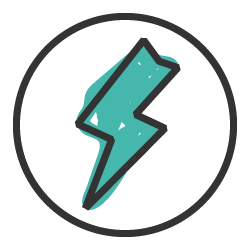
Powering your present. Preserving your future.
Call us on 01282 421 489

strategy be a priority?


